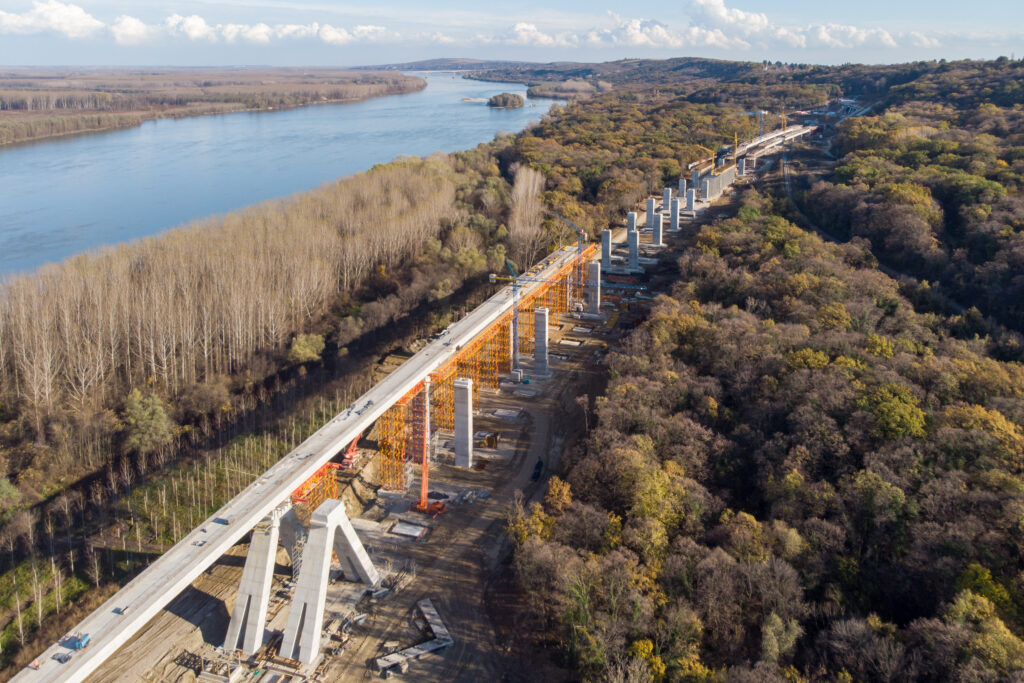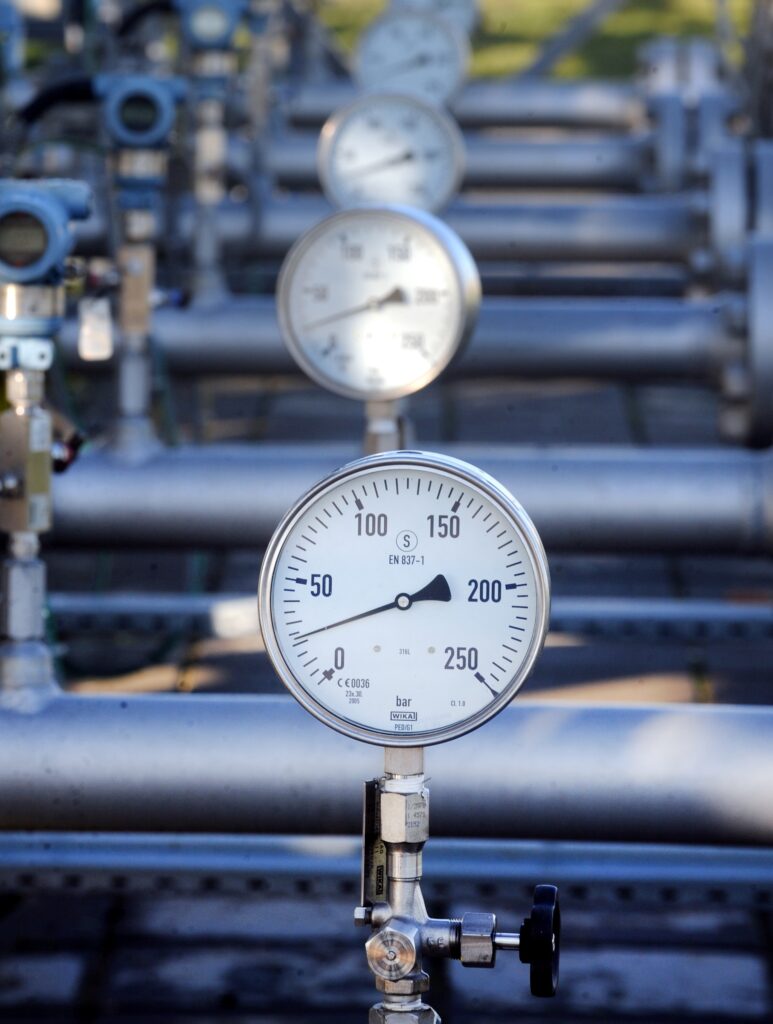Pioneering Regional Growth Through Trade, Investment, and Energy Innovation

All data provided by Privredna komora Srbije (Chamber of Commerce and Industry of Serbia), PKS
Serbia and Hungary’s partnership has evolved into a robust and multifaceted relationship, underscored by significant economic exchanges, energy collaborations, and forward-thinking sustainability projects. This bilateral cooperation reflects strong historical ties and a shared vision for economic development and environmental responsibility.
Economic Exchange: A Dynamic Partnership
Substantial trade volumes and diversified product exchanges define the economic relationship between Serbia and Hungary. In 2023, bilateral trade reached €3.1 billion, with Serbia recording a trade surplus of €27.1 million. Exports from Serbia to Hungary increased by 4% year-over-year, reaching €1.56 billion, driven by critical products such as electrical components, energy systems, and specialised machinery. Hungary’s exports stood at €1.53 billion, primarily natural gas, pharmaceuticals, and automotive components.
In 2023, Hungary ranked Serbia’s fourth-largest export partner and sixth-largest import partner. However, in 2024, the trade dynamics shifted, with Serbia reporting a trade deficit of €187.1 million during the first three quarters. This change underscores the dynamic nature of bilateral trade, reflecting the evolving demands and opportunities in both markets.

Energy Cooperation: A Cornerstone of Bilateral Relations
One of the most notable areas of collaboration between Serbia and Hungary is energy efficiency and sustainability. Smart Energy Investment (SEI), a Hungary-based company, has become a key player in Serbia’s energy sector, demonstrating the potential of cross-border partnerships.
SEI’s innovative approach to energy services focuses on reducing consumption and ensuring sustainability through public-private partnerships (PPPs). With over 30 completed projects in Serbia and more than 100 regional initiatives under development, SEI has set new standards for energy efficiency. These projects have collectively saved millions of kilowatt-hours annually and reduced greenhouse gas emissions by thousands of tonnes.
A standout achievement is the Zaječar project, which UNECE recognised as one of the top 10 global projects for its circular economy practices and sustainability. This accolade highlights the global impact of Hungarian-Serbian cooperation in energy innovation.
The partnership between Serbia and Hungary showcases dynamic trade relations, significant investments exceeding €1.3 billion, and groundbreaking energy projects that save millions of kilowatt-hours annually while reducing greenhouse gas emissions by thousands of tonnes
Investments: A Growing Presence
Hungarian investments in Serbia have significantly contributed to the latter’s economic landscape. With €1.3 billion invested since 2010, Hungary is the 10th largest foreign investor in Serbia. These investments span infrastructure, energy, and manufacturing sectors, reflecting Hungary’s strategic commitment to Serbia’s development.
As of November 2024, there were 673 active companies in Serbia with majority Hungarian ownership. These enterprises create jobs and introduce advanced technologies and business practices, fostering a competitive and innovative economic environment.

Trade and Investment Synergies
Beyond direct trade and investment, the relationship between Serbia and Hungary is characterised by strong synergies. Hungary’s expertise in technology and energy aligns with Serbia’s growing focus on sustainability and innovation. The energy sector, in particular, showcases how the two countries leverage each other’s strengths. Serbia benefits from Hungarian know-how in energy optimisation, while Hungary gains a platform to implement cutting-edge solutions in a new market.
By leveraging public-private partnerships and multidisciplinary innovation, Serbia and Hungary are setting a regional benchmark for sustainable development and economic collaboration
Future-Oriented Cooperation
The future of Serbian-Hungarian cooperation lies in exploring multidisciplinary projects that combine energy efficiency with other sectors, such as agriculture and environmental protection. SEI is at the forefront of this effort, developing projects integrating modern technologies with traditional methods to achieve sustainable development goals (SDGs).
These initiatives address global challenges like climate change while creating local economic opportunities. Public-private partnerships remain central to this strategy, ensuring that public institutions and private enterprises share the benefits and responsibilities of these projects.

Conclusion: A Model for Regional Collaboration
The bilateral relationship between Serbia and Hungary is a testament to the power of regional collaboration. By combining trade, investment, and energy innovation, the two countries have created a model of economic and environmental synergy. Their partnership strengthens their economies and sets sustainability and international cooperation benchmarks.
As Serbia and Hungary continue to deepen their ties, their shared commitment to innovation and sustainability promises a future of mutual prosperity and global relevance.
The partnership between Serbia and Hungary showcases dynamic trade relations, significant investments exceeding €1.3 billion, and groundbreaking energy projects that save millions of kilowatt-hours annually while reducing greenhouse gas emissions by thousands of tonnes